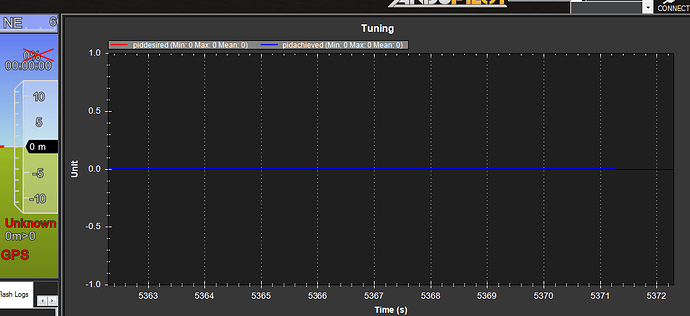Thank you, Yuri.
I increased ATC_STR_ANG_P and even at values above the upper bound of 10 while keeping ATC_STR_RAT_FF at 0.2. I have also tried to increase ATC_STR_RAT_FF and while lowering ATC_STR_ANG_P. The turning still isn’t satisfactorily. The rover either undershoots or overshoots and/or starts to zig zagging along straight lines.
Looking at my PIDS.Act vs. PIDS.Tar, it appears that I might have too high of error filter rate. I lowered ATC_STR_RAT_FLTE to 1 and ATC_STR_RAT_FLTT to 0.5, similar to what I understand of the NAVL1_PERIOD parameter, but no luck so far. The Ardurover 4.1.1 version no long has the ATC_STR_RAT_FILT parameter as in the prior versions. I wonder if anyone has experienced with ATC_STR_RAT_FLTT.
Now that the snow has arrived in upper Midwest, I will probably have to wait till next spring for additional tuning. If Randy @rmackay9 and/or other experts on the board would offer other suggestions based on my log files, I will definitely appreciate it.
Separately, I have three other rookie questions:
- Is there a way to slow down the graph on the Tuning window? The time scale of the Tuning screening is 1 second. Considering the noise and how slow my rover turns (~25 degrees/second per the gz value), the graph on the Tuning pane became very noisy. I had to make the rover executing missions then review the DataFlash Logs to perform tuning, which is quite inefficient.
- How to increase the purple trail showing where the rover has been? On my Mission Planner, the purple trail was relative short, only capturing one or two actual turns before it disappears.
- Can the SITL (Software in the Loop) simulate how the rover would turn? I don’t imagine it is possible, but that would make it much easier to tune the parameters.
Thank you in advance.
